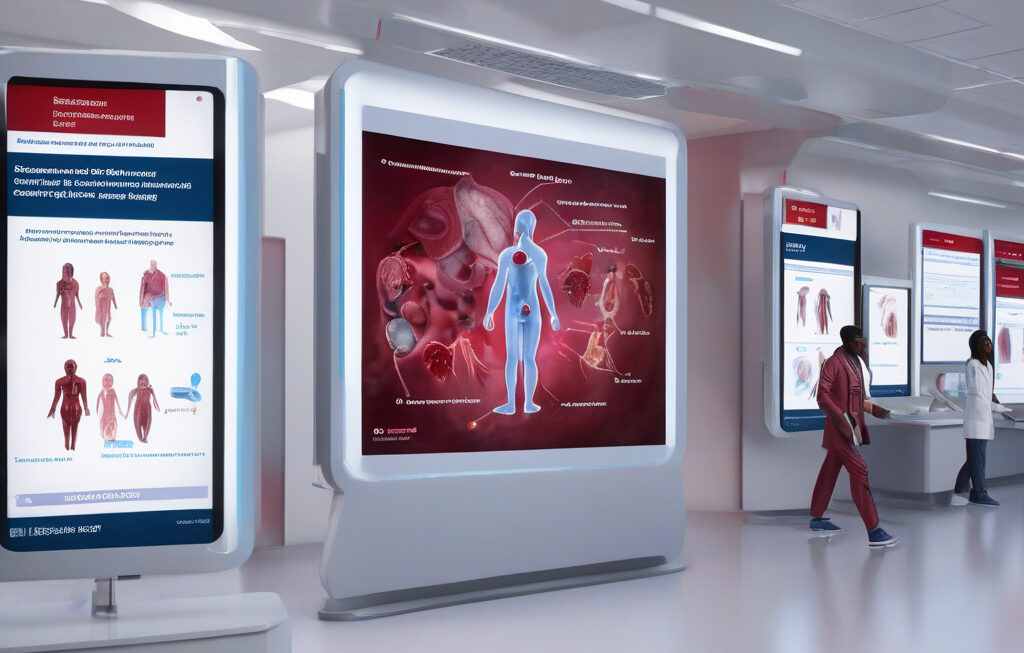AI and AFM Deliver Real-Time Macrophage Phenotyping
The intersection of artificial intelligence (AI) and atomic force microscopy (AFM) has yielded groundbreaking results in the field of biomedical research. A recent study has successfully combined AFM with deep learning algorithms to map macrophage polarization states in real-time, offering exciting possibilities for advancements in precision medicine.
Macrophages play a crucial role in the immune system, with their polarization states – namely M1 and M2 – dictating their function in response to various stimuli. Understanding and accurately identifying these polarization states is essential for developing targeted therapies for a range of diseases, including cancer, infectious diseases, and inflammatory disorders.
Traditional methods of macrophage phenotyping have been limited by their time-consuming nature and the lack of real-time data. However, the integration of AFM, a high-resolution imaging technique, with AI algorithms has revolutionized the process. By leveraging the power of deep learning, researchers can now rapidly and accurately identify different macrophage polarization states, providing valuable insights into the immune response.
One of the key advantages of this innovative approach is the ability to monitor changes in macrophage phenotypes in real-time. This real-time monitoring offers a dynamic view of how macrophages respond to various stimuli, such as pathogens or therapeutic agents, allowing for a more nuanced understanding of the immune system’s complexities.
Moreover, the combination of AFM and AI enables researchers to analyze a large number of cells simultaneously, providing a comprehensive view of macrophage populations. This high-throughput capability accelerates the pace of research and discovery, potentially leading to the development of more effective and targeted treatments.
The implications of this study are far-reaching, with the potential to revolutionize the field of precision medicine. By accurately phenotyping macrophages in real-time, researchers can tailor therapies to individual patients based on their specific immune profiles. This personalized approach holds great promise for improving treatment outcomes and reducing the risk of adverse reactions.
Furthermore, the integration of AFM with AI opens up new possibilities for studying other immune cells and biological systems. The combination of high-resolution imaging and machine learning algorithms can provide valuable insights into cell behavior, interaction dynamics, and disease mechanisms, paving the way for new discoveries in biomedicine.
In conclusion, the fusion of AI and AFM in the study of macrophage phenotyping represents a significant advancement in biomedical research. By harnessing the power of deep learning for real-time analysis, researchers have unlocked new opportunities for understanding the immune system and developing precision medicine solutions. This innovative approach has the potential to drive transformative changes in healthcare and pave the way for a future where personalized therapies are the norm.
precisionmedicine, AI, AFM, macrophages, deeplearning












